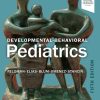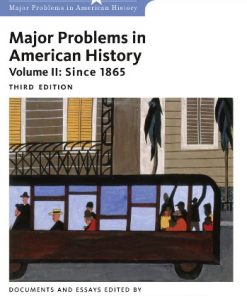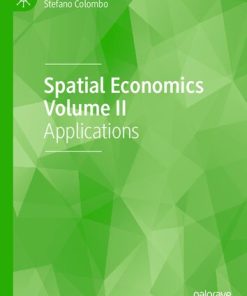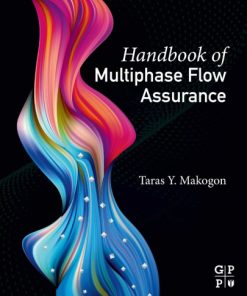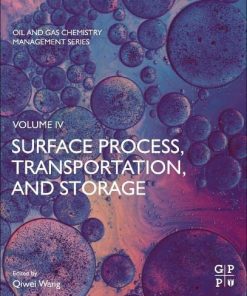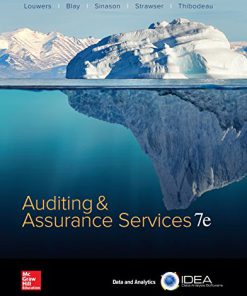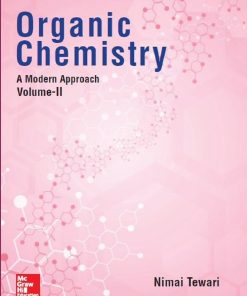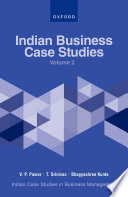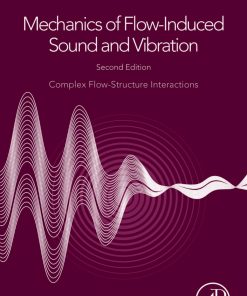(Ebook PDF) Flow Assurance Volume II 1st edition by Qiwei Wang 0128232587 9780128232583 full chapters
$50.00 Original price was: $50.00.$25.00Current price is: $25.00.
Flow Assurance. Volume II 1st edition by Qiwei Wang – Ebook PDF Instant Download/DeliveryISBN: 0128232587, 9780128232583
Full download Flow Assurance. Volume II 1st edition after payment.
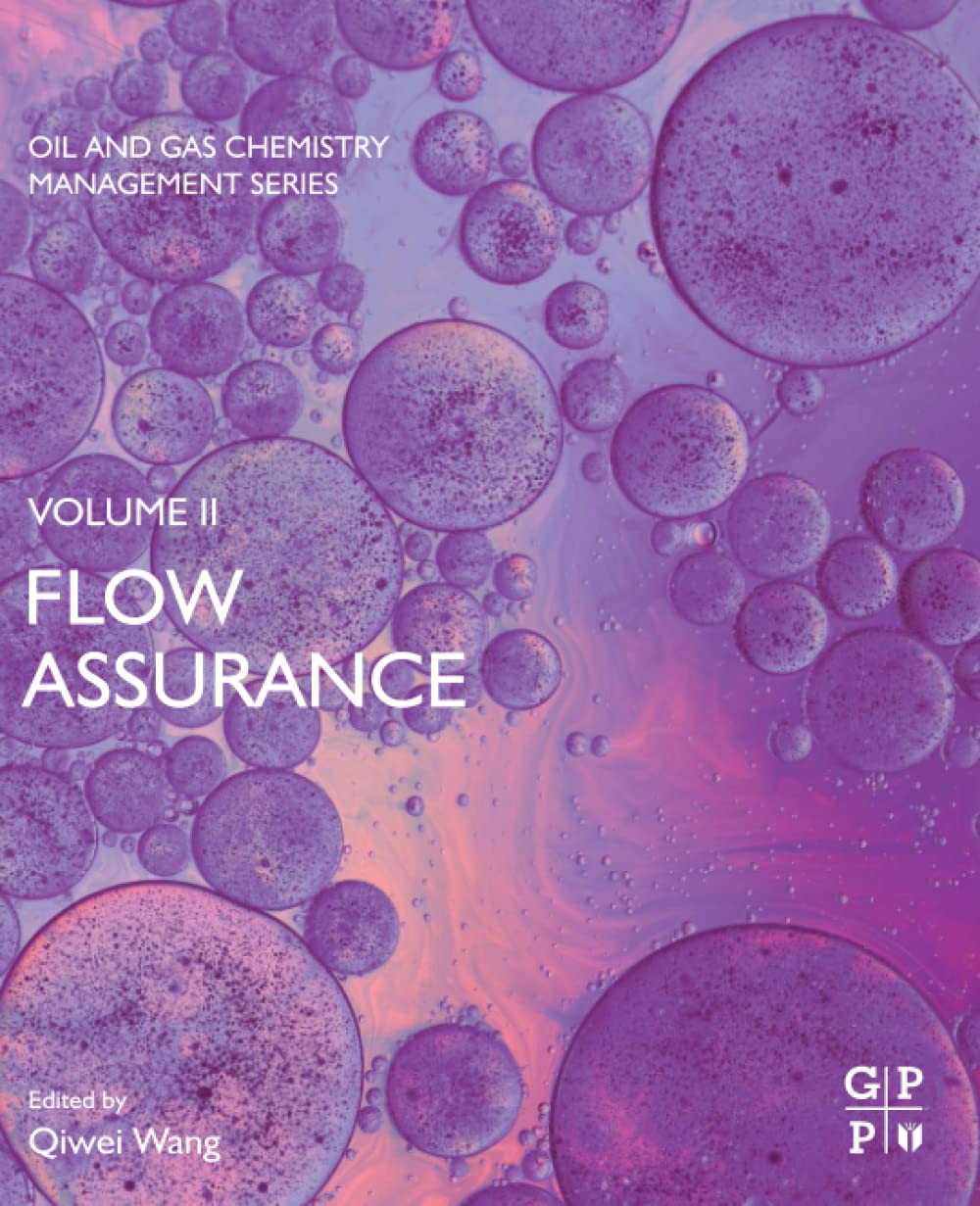
Product details:
ISBN-10 : 0128232587
ISBN-13 : 9780128232583
Author : Qiwei Wang
Petroleum engineers search through endless sources to understand oil and gas chemicals, find problems, and discover solutions while operations are becoming more unconventional and driving towards more sustainable practices. The Oil and Gas Chemistry Management
Series brings an all-inclusive suite of tools to cover all the sectors of oil and gas chemicals from drilling to production, processing, storage, and transportation. The second reference in the series, Flow Assurance, delivers the critical chemical oilfield basics while also covering latest research developments and practical solutions. Organized by the type of problems and mitigation methods, this reference allows the engineer to fully understand how to effectively control chemistry issues, make sound decisions, and mitigate challenges ahead. Basics include root cause, model prediction and laboratory simulation of the major chemistry related challenges during oil and gas productions, while more advanced discussions cover the chemical and non-chemical mitigation strategies for more efficient, safe and sustainable operations.
Flow Assurance. Volume II 1st Table of contents:
Chapter 1. Gas hydrate management
Abstract
Chapter outline
1.1 Introduction
1.2 Fundamentals of hydrate
1.3 Hydrate formation
1.4 Hydrate management in production systems
1.5 Temperature control
1.6 Chemical inhibition
1.7 Dehydration
1.8 Hydrate remediation
1.9 Case studies
1.10 Summary
Nomenclature
References
Chapter 2. Paraffin management
Abstract
Chapter outline
2.1 History of paraffin management developments
2.2 Crude oil and paraffin chemistry
2.3 Paraffin analysis and crude oil characterization
2.4 Paraffin deposition
2.5 Pour point/crude oil gelling problems
2.6 Case histories
2.7 Summary
Nomenclature
References
Chapter 3. Asphaltene management
Abstract
Chapter outline
3.1 Introduction
3.2 Chemistry of asphaltenes
3.3 Experimental techniques for asphaltene stability prediction
3.4 Asphaltene stability modeling
3.5 Asphaltene inhibitor lab tests
3.6 Asphaltene control in oil production
3.7 Case studies
3.8 Conclusion and path forward
Acknowledgment
Nomenclature
References
Chapter 4. Naphthenate and carboxylate soap treatment
Abstract
Chapter outline
4.1 Introduction
4.2 Fouling mechanisms of naphthenate and carboxylate soaps
4.3 Chemical control methodologies and laboratory testing
4.4 Concluding remarks and remaining challenges
Nomenclature
Acknowledgments
References
Chapter 5. Inorganic mineral scale mitigation
Abstract
Chapter outline
5.1 Introduction
5.2 Basic principles of inorganic scale formation
5.3 Scale prediction
5.4 Scale control
5.5 Scale inhibitor squeeze
5.6 Scale remediation
5.7 Summary
Nomenclature
References
Chapter 6. Sand control completion using in-situ resin consolidation
Abstract
Chapter outline
6.1 Sand control
6.2 Fines Migration control
6.3 Proppant flowback control
Nomenclature
References
Chapter 7. Condensate and water blocking removal
Abstract
Chapter outline
7.1 Introduction
7.2 Background theory
7.3 Field examples and industry practice
7.4 Recent advances in research and development
7.5 Final remarks
Nomenclature
References
Chapter 8. Foam-assisted liquid lift
Abstract
Chapter outline
8.1 Introduction
8.2 Liquid loading and deliquification
8.3 Foam-assisted lift
8.4 Foam-assisted lift application
8.5 Well performance
8.6 Laboratory testing
8.7 Foam-assisted lift field testing
8.8 Foam-assisted lift application
8.9 Foam-assisted lift operation
8.10 Case studies of successful foamer applications
8.11 Remaining challenges
Nomenclature
References
Chapter 9. Corrosion inhibition
Abstract
Chapter outline
9.1 Corrosion inhibitors
9.2 Mechanism of corrosion inhibition
9.3 Measurement of corrosion inhibition
9.4 Oilfield corrosion inhibitor chemistry examples
9.5 Molecular modeling of corrosion inhibitors
9.6 Corrosion inhibitor performance evaluation
9.7 Corrosion rate measurement techniques
9.8 Additional performance evaluations
9.9 Surface characterization
9.10 Compatibility tests
9.11 Field performance evaluation
9.12 Case studies
9.13 Summary
Acknowledgments
Nomenclature
References
Chapter 10. Microbial control
Abstract
Chapter outline
10.1 Introduction
10.2 Major microorganisms in oil and gas industry
10.3 Biocide classification
10.4 Biocide selection and performance evaluation
10.5 Biocide treatment practices
10.6 Biocide residual monitoring
10.7 Microbial monitoring for treatment effectiveness
10.8 Alternative methods for microbial control
10.9 Final remarks
People also search for Flow Assurance. Volume II 1st:
introduction to flow assurance
olga flow assurance training
graduate flow assurance engineer
natural gas hydrates in flow assurance
flow assurance engineer
Tags:
Flow Assurance,Volume,Qiwei Wang
You may also like…
Business & Economics - Mathematical Economics
Technique - Fuel Technology
Surface Process, Transportation, and Storage 1st Edition Qiwei Wang
Uncategorized
Auditing & Assurance Services (Auditing and Assurance Services) 7th Edition, (Ebook PDF)
Uncategorized


